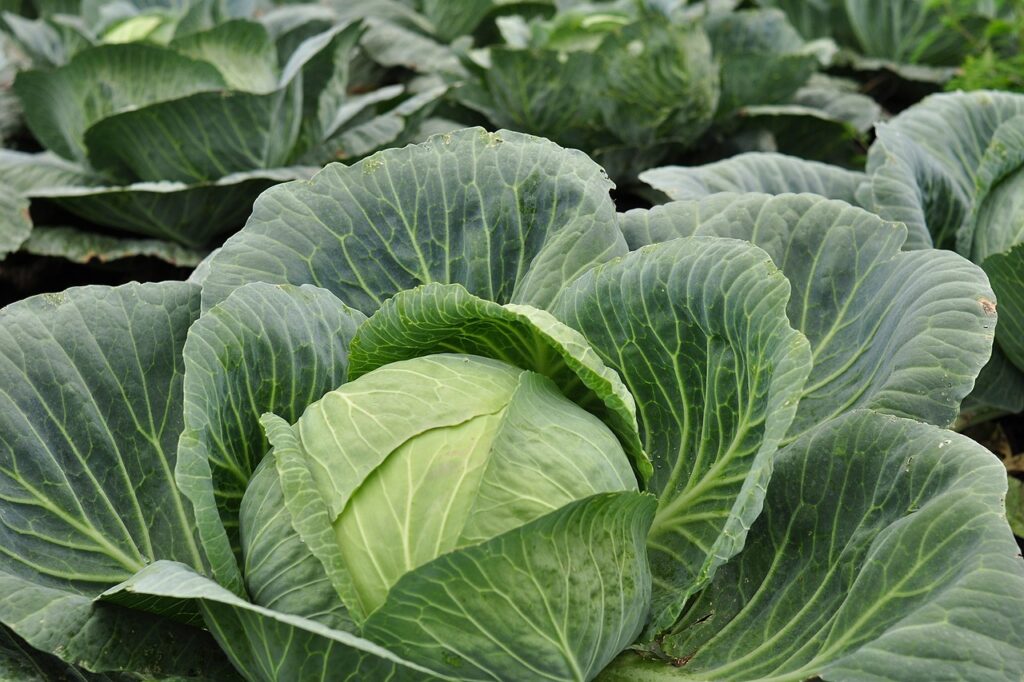Cabbage Fresh Hacks Every Home Cook Should Know
Cabbage fresh is a versatile and nutrient-packed vegetable that enhances everything from salads and stir-fries to soups and slaws. Here are the best cabbage freshness hacks every home cook should know to maximize its shelf life and flavor.

1. Choose the Freshest Cabbage
The first step to keeping cabbage fresh starts at the grocery store or farmers’ market. Look for:
- Tight, firm heads of cabbage with no soft spots.
- Leaves that are crisp, vibrant, and free from discoloration.
- A heavier feel for its size, indicating moisture retention.
By selecting the freshest cabbage, you set yourself up for longer storage at home.
Supplier cabbage from indonesia
2. Correct Cabbage Storage Techniques
Correct storage is key to maintaining freshness. Follow these steps:
- Whole Cabbage: Wrap the uncut cabbage in a plastic bag or breathable wrap, and place it in the crisper drawer of your refrigerator. This helps prevent moisture loss.
- Cut or Partial Cabbage: If you’ve used part of the cabbage, cover the remaining portion with plastic wrap or store it in an airtight container. Place a damp paper towel inside to maintain humidity.
3. Use Moisture Control Methods For Cabbage
- Use a slightly damp paper towel around the cut surface to prevent drying.
- Avoid sealing it too tightly, as excess moisture buildup can lead to mold.
4. Keep Cabbage Away from Ethylene-Producing Fruits
Fruits like apples, bananas, and tomatoes release ethylene gas, which can cause cabbage to age more quickly. Store cabbage separately to preserve its freshness.
5. Take Advantage Of Freezing For Long Term Storage Of Cabbage
If you can’t use cabbage right away, consider freezing it:
- Blanch shredded or chopped cabbage for 2-3 minutes in boiling water.
- Drain, cool, and store it in airtight freezer bags.
- Frozen cabbage is great for soups and stews.
6. Store Cabbage In A Cool And Dark Place
If refrigeration is not immediately available, cabbage can stay fresh at room temperature for a short time.
7. Check Cabbage For Signs Of Rot
Even with proper storage, cabbage can spoil over time. Discard it if you notice:
- A sour or unpleasant odor.
- Slime or a soft, mushy texture.
- Excessive browning or wilting.
8. Take Advantage Of Pickling and Fermentation For Cabbag
If you have more cabbage try processing it into sauerkraut or kimchi.
9. Refresh Wilted Cabbage
- Soak the leaves or cut pieces in ice water for 15-20 minutes.
- This rehydrates the leaves, restoring crispness.
Conclusion
Keeping cabbage fresh is easy with the right techniques. By selecting high-quality cabbage, storing it properly, and using clever freshness hacks, you’ll reduce food waste and always have crisp, delicious cabbage ready to elevate your meals. Try these tips today and enjoy the full potential of this versatile vegetable!